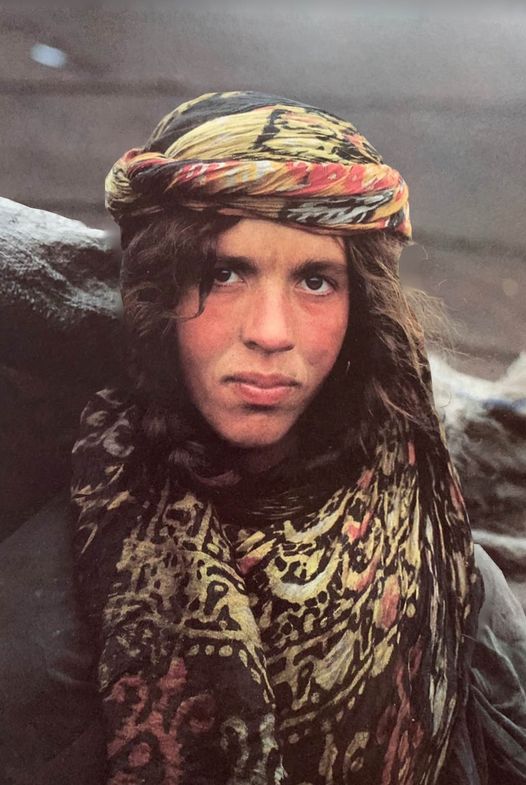~ Saka, Scythians…
PART 4 ~ Saka in the Heart of Iran
Those who have some knowledge of ancient Iranian history will know that after a battle with the Parthian dynasty of Iran the Saka found right of passage to the South-East of Iran, and gradually settled there, and generally migrated to the area until around the first century BCE. The province still has a name derived from Saka – the Province of Sistan (derived from Sakastan). However, what they may not be aware of is that part of the Saka Scythians arrived and were settled in Iran long before the Parthian Dynasty!
They first arrived around 120 Km south of Iran’s lake Urumia in a town which still bears the remnants of their name, modern day Sakkiz. Their first contact with other Iranians in Iran was with the Medes. In fact, their relationship became so intertwined with the Medes on the plateau that it is no surprise that in Parsa (Persepolis) on the eastern stairway of the Apadana (the Audience Hall), we see it is Medes who are ushering in the Saka before the king of Persia.
An Understanding of the Saka and Other Iranian Groups as Kin
Many scholars are confident that whether in agreement or at war there was a general understanding and sense of familiality between the different Aryan groups. For example, it is believed that when Xerxes invaded the Hellenic states to punish them for fermenting and supporting revolt in parts of the empire, he did not take the Greeks as a serious foe, and nor did he see the invasion as such a serious endeavour as controlling other parts of the empire. As a result, the showmanship of the expedition became almost as important as the expedition itself. He took a multinational army in numbers which were not as large as the master of historical spin, Herodotus, said, but still considered unnecessarily large by his advisers and generals. They saw the army that he had amassed somewhat unnecessary, too concerned with a show of glory and too glitzy in a campaign on which not too much energy should be spent. So their advice to the king was why don’t you instead amass a smaller number of skilled soldiers only from amongst the Iranians (Aryans), thus Persian and Medes, Scythians etc. and quickly get this campaign over and done with. Indeed, considering the tough martial prowess of the Iranians in general, compared to the real and non-Hollywood version of many of the Greeks they encountered, including the Spartans, this campaign may indeed have ended much quicker and with less bloodshed on both sides.
We also know that in Xerxes’ navy his military heads made sure that on every Persian ship there was a grouping of Persians, Medes or Saka, which again shows the understanding between the different Aryan groups, the connection of Saka and Medes, and the Persian trust in Saka, even though the Achaemenids had several times gone to war and chased off bands of the skilled and wily Saka on the fringes of the empire!
Finally, the Saka unlike the many other non-Iranian groups within the Persian Empire were allowed to bear arms in the presence of the king.
In fact, Matthew W. Waters believes that the fact that the names of their leaders was Partatua along with his son Madyes and the similarity of those names with Parsua (Persians) and Mada (Medes) might be alluding to a different connection which drove the Saka to the Iranian plateau.
elements of the Saka were also further settled in other central areas of Iran.
During a campaign to siege the Assyrian capital by the Medes in 612 BC, the free spirited and battle loving Saka took advantage of the absence of the Median military to cause havoc in large parts of the Median empire for many years.
When they were eventually stopped by the Median king some of them were settled in the Luristan area of Iran, and as a form of correction for their actions they were ordered to invest their energies instead into developing cavalry divisions for the vast army of the Median king. So even in Luristan, more towards the heart of Iran, Saka were to be found, settled and so over time were most likely to have mingled in with the other Iranian peoples of that area.
[Image: Lor Iranian from Luristan Province, West-Central Iran (by: N. Kasraian)]

